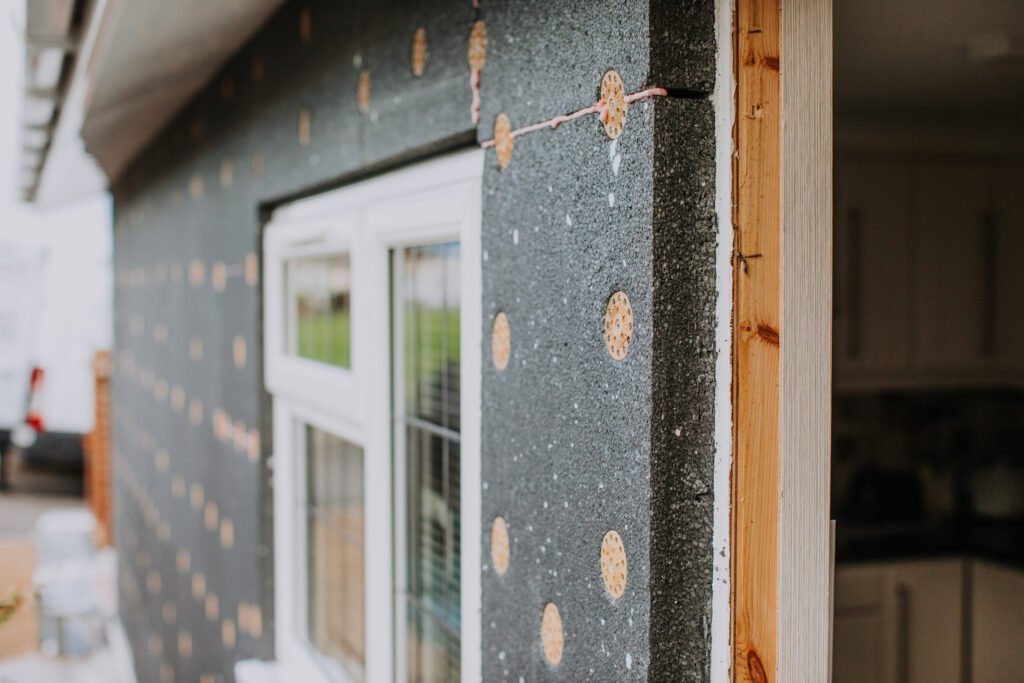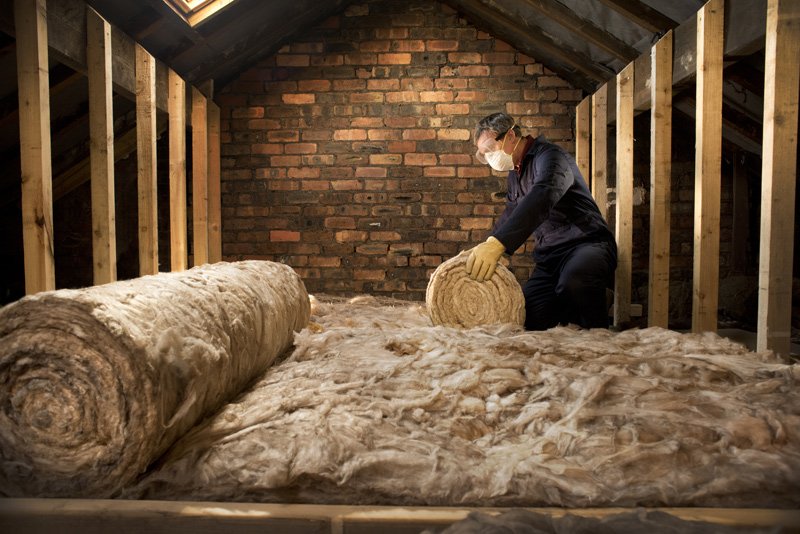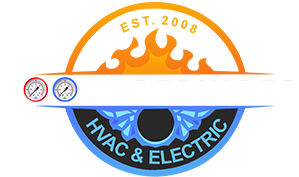Reducing Energy Loss in Ducts
Understanding R-Value for Duct Insulation

R-Value for Duct Insulation: Insulating materials ability to prevent conductive heat flow is measured through the capability called thermal resistance or R-value. The higher the R-value attached to the insulation products the greater the level of insulation of the products. The R-value varies with the kind of insulation material used, thickness and density of the insulation. In cases of multilayered installations the total R-value for each layer is accumulated to arrive at the total resistance to heat flow. The increase in insulating materials in a house makes R-value to increase meaning that the heat resistance is boosted. There is an insulation calculator available that works for various climates and it is recommended to talk with a local professional as well.
The other factor going into acceptable insulation performance is where it is put and how well it is installed. For example, compressed insulation will not reach the R-value and would be promoted on the packaging. Moreover, the total R-value statement of a wall or ceiling could vary from that of the actual insulation because of thermal bridging, a structural flow of heat through such. Framework members as studs and joists. It also increases the R-value of insulation that densely fills cavities and dramatically decreases airflow for additional reduction of convective heat loss.

While isolated materials are used in traditional insulation, radiant barriers are simply reflective in nature that rejects radiant heat as opposed to absorbing it. These barriers lower cooling needs since they help to rebuff heat from the occupied zones. Radiant barriers, unlike insulating materials, do not possess an R-value; they work, however, in reducing heat by reflection.
The amounts which you can afford for insulation vary according to the climate conditions in your areas, the type of heating and cooling systems and the parts of the house which you plan to insulate. For more direction, use the information provided here to learn how to insulate new constructions or improve insulation in existing homes or buildings. Also, do not forget that air sealing and moisture control are our partners when it comes to setting our goals of energy efficiency, comfort and good indoor environmental quality.
To dive deeper into the principles of insulation, check out the “”How Insulation Workspage. It explains the process and benefits of proper insulation in maintaining energy efficiency, reducing costs, and improving the overall comfort of your living or working spaces.

